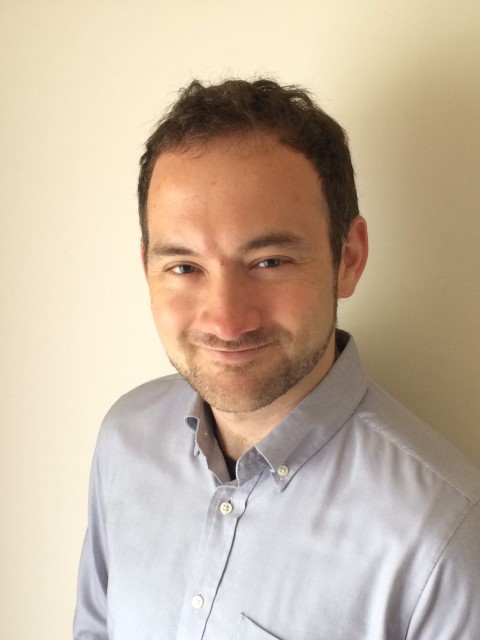办护照太难了!老人赴美看外孙,申请护照被拒
来源:海外华人华侨与海归
12/08/2021
家住洛杉矶的华人刘女士今年怀孕了,生产在即,就想请国内的父母赴美帮自己照看即将出生的Baby。今年10月份,刘的父母就到当地的出入境管理部门申请中国护照,结果被拒绝了,给出的理由是:疫情之下,只给“必要”出国人士签发或更新护照。
刚开始,刘女士的父母还以为这个政策是临时性的,过一段时间就会恢复护照的正常签发程序。之后,刘女士的母亲又去了当地的出入境管理部门多次,得到的结果都是拒绝。于是就询问什么时间能恢复正常办理,对方回复说,这个政策已实施近两年了。
有网友反映,有些中介帮助办护照,收费少则几千元,还有上万元的。但也有网友说,自己去申请护照也没有费多大力气就拿到了。
至于什么构成的“必要”性出国呢?
中国移民管理局今年8月召开新闻发布会宣布,因疫情暂停核发普通护照等出入境证件。
移民局也强调不会 “ 一刀切 ”,并证实以下三种情况将不受影响:
对申请赴境外留学、就业、商务工作等确有需求的人员及时受理,经审核属实后,签发出入境证件。
尤其是对参加国际防疫抗疫以及因为企业复工复产需要出入境的中国公民,还将主动提供优先受理审批以及24小时加急办证服务 。
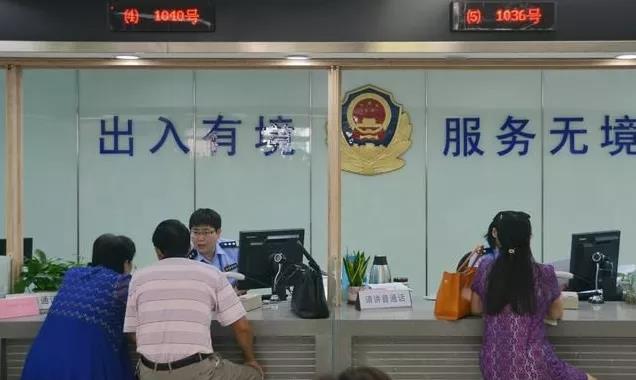
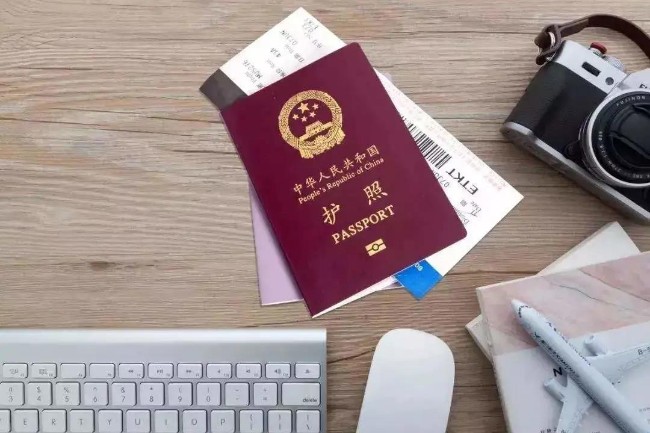
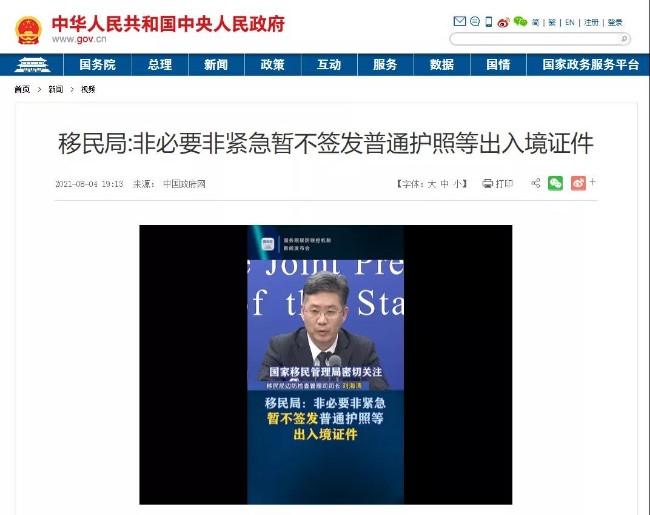
所以,这三类人在申办出国的出入境证件时,需要提供真实的学签文件、学校录取通知、在读证明等文件才可以得到受理。
中国2021年上半年共签发普通护照33.5万本,主要事由为出国留学、就业和商务工作需要,签发量仅为2019年同期的2%。
对应上面三大类的“必要出国”原因,刘女士母亲出国探亲,不在其中,所以申请护照屡次被拒。身在加州的刘女士却非常着急:因为疫情原因,她已有两三年时间没有回国探亲了,原本以为回国很难,没想到,现在出境都变得如此艰难。
目前很难估算什么时间能恢复护照的正常签发。刘女士生Baby时父母将无法在她身边,令她感到无奈和遗憾。而生下小Baby后,她和先生还要上班,照看Baby就成了一大难题。尤其是现在加州月嫂费用涨了不少,增加了家庭的财务负担。
中国留学生回国遭美方盘查 电子设备都被没收
来源:海外华人华侨与海归
11/30/2021

自川普时期开始,在美中国留学生和学者遭遇歧视和区别对待的现象就开始加剧了。当时针对中国学生的签证禁令一直延续至今,目前拜登政府对于中国留学生的限制还有进一步加紧的趋势。近段时间以来,中国已经多次就这一系列问题和美国展开交涉,但他们的动作却丝毫没有停止。
据中国日报16日报道,近日有一位中国留学生,在乘坐美国航班回国时遭到了美国工作人员的无理盘问。查询时间长达一小时,其电脑和手机也都被扣留翻查,直至飞机即将关闭舱门起飞时相关工作人员才对其放行。
Oct 25, 2021
这是回国都不行了?还是就想趁机赚点机票钱?
据了解,由于美国近期开放赴美航班,导致中美航班机票价格暴涨。
除此之外,美方工作人员还一直盘问该学生与中国国家留学基金会的关系,甚至包括盘问其电脑中的正常实验数据。美国这一行为已经侵害了中国在美留学人员的合法权益,同时这还对中美之间正常的人文交流、教育合作造成了严重伤害。对此,中国有关部门早就对美国提出了不满和交涉,要求其充分尊重中国留学生的权益。
不过从目前的情况来看,美国大概是计划在这件事情上中国对抗到底了。因为他们不仅拓宽了对中国留学生签证签发的限制,还在着手对目前在美留学生进行深入调查,尤其针对研读理工专业的学生。其目的就是禁止中国学生接触他们所谓的重要领域,比如计算机、电子工程、机械等领域。
据了解,早在2020年5月,美国时任总统川普就借口国家安全,对中国留学生出手颁布了10043号签证禁令。然后现任总统拜登还延续了这一政策,直至2021年6月,已经有超过500名的中国留学生赴美签证遭拒。
另外根据美国乔治城大学的数据显示,每年大概会有3000至5000名赴美中国留学生受到该政策影响,尤其是涉及上述相关专业的学生,而这一数据足足占到了总数的16%至27%。可以说这完全暴露了他们“假开放真打压”的本质,因为在美国实施这一签证禁令以来,大多中国学生都遭遇了无妄之灾。
而且若是被无端盘问翻查都算是好一点的情况,有的学生甚至被拘留被拒签签证,然后被迫“失学”归国。以至于前段时间,有许多受到禁令影响的学生自发建立了网站发起抗议,举行一场名为“ANB学术无国界”的活动。该活动有超过1000名的中国学生参与其中,并且还向50所美国大学寄去了联名信。
此外,这些学生还计划首期筹集35万美元,然后向美国政府提起集体诉讼。虽然说中国学生和美国政府打官司成功的可能性还有待观察,但是这些学生的坚决立场足以证明美国政府的举措完全是有失公平且充满歧视的。
另外讽刺的是,不少美国高校、学者以及美国媒体在近期似乎幡然醒悟,高声呼吁他们的拜登政府不要继续“驱赶”中国学生,因为美国的学术领域已经失去了大批人才。不仅如此,他们还认为美国此举就是在帮助中国实现人才回流。
显然,江山易改本性难移,他们干什么都不会放弃和中国做攀比。但是就目前的国际氛围来看,或许在未来较长的一段时间里,中国留学生外出求学会成为一个不太受欢迎的项目。
而美国学术界,也必然会因此掀起一股反对的声音。只不过,他们既然做出这种不顾大局,随意将学术交流政治化的举动,就理应承受这样的后果。外交部发言人汪文斌就曾表示,中国会无条件支持中国留学生得到应有的尊重,并且帮助他们拿回应有的合法权益。
FBI指涉间谍遭软禁 胡安明无罪首受访:毕生最黑暗时期
文章来源: 世界新闻网
11/29/2021
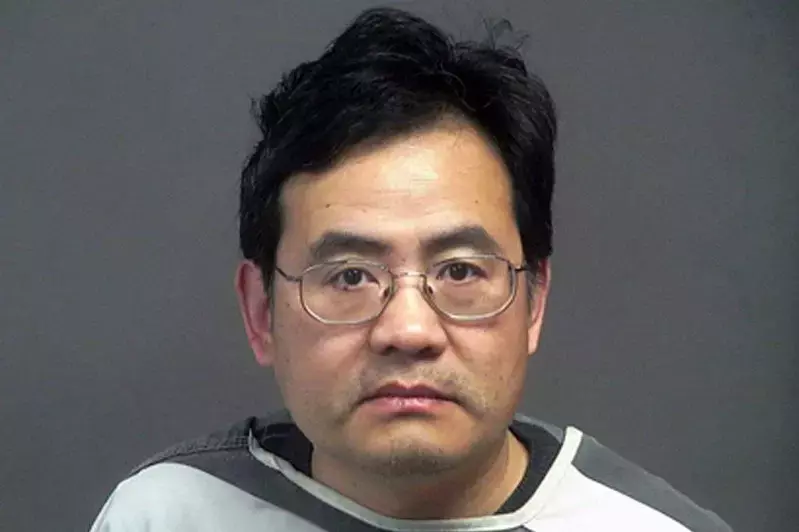
联邦调查局(FBI)探员花了近两年时间跟监生于中国、归化加拿大公民的胡安明(Anming Hu)教授,时刻不松懈,甚至监视他上大学的儿子;FBI告知胡安明原本具备终身教职的大学,称他是中国间谍,让校方配合FBI调查并解雇他。
纽约时报报导,根据FBI探员的证词,无法提具胡安明从事间谍活动的证据;但联邦检察官依旧提出对胡安明的指控,称他隐瞒与北京一所大学的关系,并在申请国家航空暨太空总署(NASA)研究资金时欺骗政府。
陪审员称此案「荒谬」
此案在陪审团无法作出裁决的情况下结束,一名陪审员称此案「荒谬」;今年9月,法官罕见声明胡安明的所有罪名不成立。
胡安明遭软禁18个月获释后,首度接受深度访谈表示,「那是我毕生最黑暗的时期。」
美国的大学曾欢迎来自各地的最优秀聪颖科学人才,但官员怀疑胡安明等科学家利用美国机构的开放性,在中国政府的要求下窃取敏感研究资讯;这对不仅造成寒蝉效应,也让研究速度减缓、人才流出美国。
纽时访问多名在美国大学任职的华裔科学家,发现社会边缘群体的迹象。
部分人反映,中国籍科学家被要求接受外国势力干涉的强制培训,签证申办与加签手续延迟,令他们感觉受辱。
他们全都担心,与中国科学家的合作或披露上的失误,都可能成为FBI探员找上门的原因。
Sep 13, 2021
没收入只能靠捐款
胡安明曾在诺克斯维尔田纳西州立大学(University of Tennessee at Knoxville)任教,他的案件正是政府越权的例证。
FBI调查期间,他被软禁18个月,没有工作或收入,仰赖众筹捐款支付诉讼费用;邻居和教堂朋友给他送菜,帮他倒垃圾。
诺克斯维尔田大后来恢复他的教职,但胡安明表示,他的移民身分仍未确定。
他说:「我的基本人权被侵犯,名誉毁败,心灵深受重伤,家人也受害,这不公平。」
亚利桑纳大学(University of Arizona)和由著名华裔美国人组成的非营利会员组织「百人会」(Committee of 100)调查美国学术界的华裔与非华裔科学家,受访的近半数华裔科学家觉得,被美国政府监视,其中包括部分美国公民。
部分人表示,始于前总统川普时期的「中国计划」(China Initiative),在拜登总统执掌下继续进行。
中国计划旨在防止中国政府窃取美国商业机密和其他间谍行为,但学者、科学家、民权组织和议员质疑此计划在针对学者方面太超过,尤其是大多数研究并非机密且最终都会公开发表。
史丹福大学、柏克莱加大和普林斯顿大学近2000名学者连名签署致司法部长加兰德(Merrick Garland)公开信,表达对中国计划针对华裔研究员的关切,呼吁终止此计划。
曾获诺贝尔物理奖的史丹福大学教授、前总统欧巴马时期的能源部长朱棣文(Steven Chu)说:「知识技术力量有很大一部分来自移民,我们搬石头砸的不是自己的脚,而是靠近头部。」
留美促进司法正义
胡安明是「中国计划」首位受审的学者,FBI过去三年对大学或研究机构提出12宗诉讼,但没有一项涉及经济间谍、窃取商业秘密或知识产权,大多数涉及电信欺诈、对联邦调查人员说谎,以及未能披露与中国的关系等。
著名分子生物学家、西湖大学(Westlake University)教授施一公(Shi Yigong)说,同事抱怨美国的怀疑气氛,有些人因此放弃工作。
胡安明决心留在美国,不仅要为科学贡献,也要促进司法正义。他说:「我对政治不感兴趣,且对政治几乎一无所知,但我知道,针对华裔和亚裔,不会让美国变得强大。」
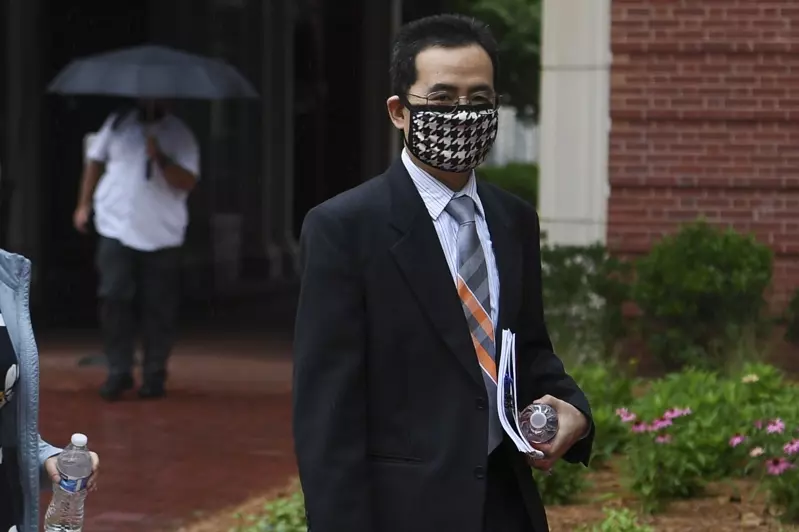
当FBI将矛头对准华裔科学家 他们都遭遇了什么?
文章来源: 纽约时报
11/29/2021
新泽西州普林斯顿大学校园。在美国大学工作的中国和华裔科学家遭到美国政府的过多针对。 AN RONG XU FOR THE NEW YORK TIMES
FBI特工们花了将近两年的时间尾随这位教授,在他上班、去杂货店的路上跟踪他,甚至监视他已经到大学生年纪的儿子。他们告诉这位教授终身教职所在的大学,他是一名中国特工,这使得学校配合了FBI的调查,后来解雇了他。
但是,根据一名特工在法庭上的证词,FBI无法找到证明他进行间谍活动的证据。
但联邦检察官还是提出了对胡安明博士的指控,称他隐瞒与北京一所大学的关系,并在从美国国家航空航天局获得研究资金时欺骗政府。审判在陪审团无法作出裁决后结束。一名陪审员称此案“荒谬”。9月,一名法官做出了罕见的举动,宣布这位中国出生的科学家的所有罪名不成立。
“那是我一生中最黑暗的时期,”胡安明在被无罪释放后的第一次深度采访中说。
美国的大学曾经欢迎来自世界各地的最优秀、最聪明的科学人才。但政府官员越来越怀疑,像胡安明这样的科学家正在利用美国机构的开放性,在中国政府的要求下窃取纳税人资助的敏感研究。这对整个校园产生了寒蝉效应,科学家和大学管理人员表示,这导致研究速度减缓以及人才流出美国,可能会使北京受益。
对几位在美国大学工作的华裔科学家的采访可以看到一个处在社会边缘的群体。一些人说,关于外国势力干涉的强制性培训——培训中的示例只有华裔科学家——以及签证续期出现的无法解释的延迟,令他们感到被羞辱。他们都担心,无论什么事情——与另一位来自中国的科学家的合作、披露表上的失误——似乎都可能成为联邦调查人员上门的原因。
胡安明在田纳西大学诺克斯维尔分校工作,对他的审判被认为是一个明显的政府越权行事案例。在调查期间,他被软禁了18个月,没有工作或收入,依靠GoFundMe捐款支付他的法律辩护费。邻居和教堂的朋友给他送菜,帮他倒垃圾。虽然后来该大学提出恢复他的工作,但作为加拿大归化公民的胡安明表示,他的移民身份仍未确定。
“我的基本人权被侵犯,我的名誉被毁,我的心受到了深深的伤害,我的家人也受到了伤害,”他说。“这不公平。”
本周在田纳西州诺克斯维尔家中的胡安明。这位出生于中国的科学家和教授被指控为中国间谍,过去几年,他一直在反击这一指控。 SHAWN POYNTER FOR THE NEW YORK TIMES
亚利桑那大学和由著名华裔美国人组成的百人会最近进行了一项研究,调研了在美国学术机构工作的华裔和非华裔科学家在科学研究中的种族和民族问题。在受访的中国科学家中,约有一半——包括一些美国公民——表示,他们觉得自己受到了美国政府的监视。一些人指责一项名为“中国计划”的执法计划,该计划始于特朗普政府期间,并在拜登总统的领导下继续进行。
该计划旨在防止中国政府窃取美国商业机密和其他间谍行为。但学者、科学家、民权组织和立法者质疑它是否在针对学者方面走得过远,特别是因为大学进行的大多数研究并非机密且最终都会被发表。
斯坦福大学、加州大学伯克利分校和普林斯顿大学等机构的近2000名学者签署了致美国司法部长梅里克·加兰的公开信,表达了对该计划过多针对华裔研究人员的担忧,并敦促终止该计划。
“我们的知识分子和技术力量有很大一部分来自移民,”署名人之一、获得过诺贝尔奖的斯坦福大学物理学家、前美国能源部长朱棣文说。“我们搬起石头砸的不是自己的脚,差不多砸的是自己的头。”
胡安明是“中国计划”下第一位接受审判的学者。到目前为止,FBI三年内对大学或研究机构提出了12项起诉,但没有一项涉及经济间谍或窃取商业秘密及知识产权的指控。大多数指控涉及电信欺诈、对联邦调查人员撒谎以及未能披露与中国的关系等。
最近对学术界的审查背后是一个酝酿多年的问题。
过去20年里,由于联邦政府对大学基础科学研究的资助停滞不前,科学家们开始寻找其他资金来源。美国大学急于扩大其全球足迹,促进了与国际同行的合作,也包括中国在内。立志成为科技超级大国的中国政府对此欣然接受。
研究人员充分利用了中国提供的越来越多的机会,包括人才招聘项目、利润丰厚的咨询合同、荣誉称号和资助。
但中国政府有时利用这些关系窃取或鼓励从美国公司转移知识产权。随着特朗普政府加强对中国间谍活动的审查,中国将网络扩大到学术合作,促使提供资金的联邦机构——以及一些大学——开始更严厉地执行对外关系和利益冲突披露的政策。
最近几个月,学者们签署了致美国司法部长梅里克·加兰(中)的公开信,敦促终止中国计划。 STEFANI REYNOLDS FOR THE NEW YORK TIMES
“决不能排外或者做出种族定性,”乔治城大学安全与新兴技术中心高级研究员安娜·普格利西说。“但在讨论中忽略了我们需要去问的一个更大的问题,那就是:‘我们是否有现成的系统来抑制一个民族国家的行为和中央政府政策,而这些政策是专门针对我们系统中的漏洞设立的?’”
一些人认为,强化的审查已经达到了越权的程度。
许多科学家对他们所称的大学和资助机构不断变化和重叠的披露准则表示失望,这使得他们很难避免陷入FBI的网络中。例如,在胡安明受审期间,人们发现美国国家航空航天局和田纳西大学诺克斯维尔分校对他应如何披露外国关系都给出了不明确的规定。
“我认为没有人怀疑中国政府和中共从事经济间谍和其他恶意行为,”纽约大学布伦南司法中心研究员、前FBI探员迈克尔·德曼说。“因此,美国政府应该把资源集中在这方面,而不是试图通过针对与中国间谍活动无关的大学教授来轻松获取数字上的成就。”
司法部发言人说,司法部致力于打击中国破坏国家安全的行为,但也认真对待歧视问题。
目前,不安情绪正在加剧。普林斯顿大学机械与航空航天工程教授、已入籍美国的琚诒光表示,2010年美国宇航局请他帮助制定美国火箭技术的未来计划,这是他一生的荣幸。
他说,如果他今天收到同样的邀请,他会拒绝。学术机构对中国科学家的关注太过强烈,与该机构合作带来的荣誉不值得他和家人去冒可能的风险。“不是因为我不想去服务,”他说。“是我不敢服务。”
“不是因为我不想服务,是我不敢服务,”普林斯顿大学机械与航空航天工程教授琚诒光说。他担心,如果再次与美国宇航局合作,会招致不必要的审查。 AN RONG XU FOR THE NEW YORK TIMES
在这种担忧出现之际,中国却在逆转人才流失的趋势。过去10年里,越来越多的中国科学家被丰厚的资金、隆重的头衔和民族自豪感吸引回国。最近,返回中国的科学家将美国的恶劣环境也作为一项考虑的因素。
西湖大学是中国东部城市杭州的一所研究型大学,已招募了一批相当杰出的人才,其中许多人曾在美国顶级学校担任教职。今年8月,西湖大学宣布了几位新员工,包括一位来自西北大学的终身教授和另一位来自伊利诺伊大学香槟分校的教授。
著名分子生物学家、西湖大学教授施一公说,同事们抱怨美国的怀疑气氛。“说起那些选择放弃在美国工作的人,有时我确实听到了一些苦涩的故事,”施一公说。“我认为他们中的一些人,虽然不是所有人,受到了我认为相当严厉的对待。”
不过,至少有一个人决心留在美国:胡安明。
他是一名工厂工人的儿子,在中国山东省的一个贫困村庄长大,他说自己对科学的兴趣从很小的时候就开始了。上小学时,他把一个扬声器与矿石连接起来,再把它和挂在树上的简陋天线接起来,制作了一个简单的收音机。
在中国获得高等学位后,他于1997年和妻子离开中国,在几个国家工作,最后在加拿大获得第二个物理学博士学位。和之前无数移民一样,他在2013年搬到了美国,希望能有更好的生活和事业。
他说,他已经牺牲了太多,现在不能放弃这一切。
他宁愿留在美国,不仅为他自儿时起就深爱的科学,还要为促进正义——他新近产生热情的事业——做贡献。“我对政治不感兴趣,对政治几乎一无所知,”他说。“但我知道,针对华裔和亚裔美国人,不会让美国变得强大。”
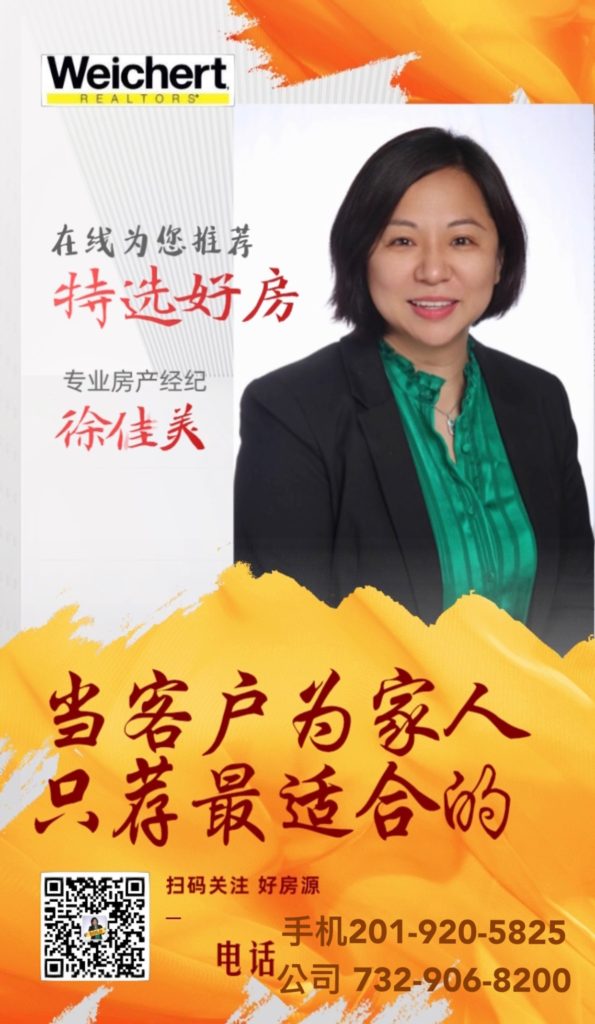
北美法律公益讲座安排
时间:周二到周五 晚间
5:30-7:00(西部时间)8:30-9:30(东部时间)
周二:如何准备遗嘱材料(遗嘱workshop)
周三:数据泄露和个人身份保护&事业机会说明会
周四:家庭法和婚姻法(周律师)
周五:人身伤害和索赔(朱律师)
Zoom:6045004698,密码:请私信或群里@我
另外:周三6:30(西部时间)
专题:99%华人移民不知道的法律问题(粤语专场)
Zoom 95190929213,密码:私信或群里@我

无罪!华裔教授胡安明重返大学教职,并被补偿薪水
来源: 华人生活网
10/20/2021
田纳西大学诺克斯维尔分校近日恢复了华裔教授胡安明的终身教职。
胡安明此前被指在接受NASA资助的同时隐藏了与中国高校的关系,不过最终获法官宣布胡安明无罪。

报道称,在一封10月14日的信中,副校长John Zomchick向胡安明提供了终身教职的工程教授职位。
校方同时还向他补偿薪水,并为他支付了移民律师费用。
另外,校方还为胡安明提供3年共计20万元的资金,助他重新启动研究。
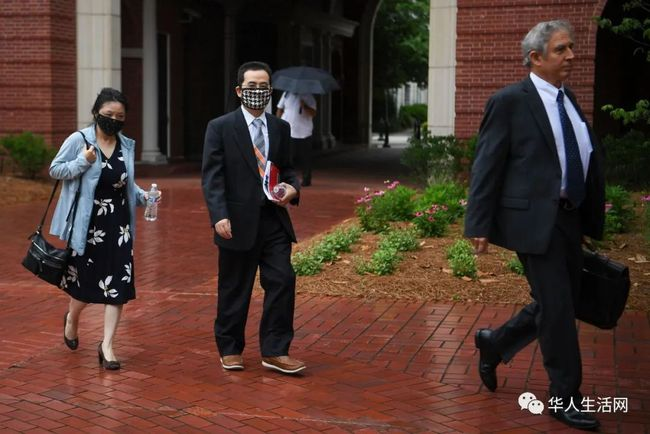
报道称,在信中,Zomchick向胡安明解释了校方对他在签证方面的支持。胡安明是归化加拿大国籍的华裔。
2020年2月,胡安明被逮捕并被起诉欺诈和做虚假陈述。该案是时任总统川普任内美国司法部打击与外国有联系的学者行动的一部分。
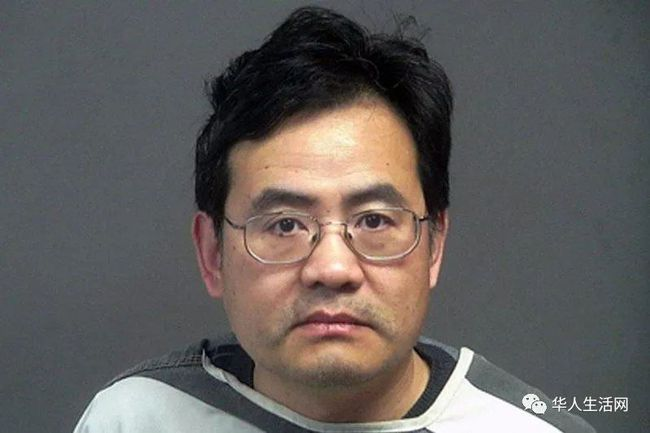
检方指胡安明在申请NASA资金时故意隐瞒在他国大学任职的情况,并认为这违反了法律。胡安明的律师则称,胡安明认为没有必要将一个暑期兼职的工作作为披露信息的一部分,校方也没有要求他这样做。
今年6月,该案陪审团成员无法达成一致意见,案件流审。检方曾表示打算重新起诉,但法官上个月判胡安明无罪。
法官在判决中指出,就算胡安明有意隐瞒了他与他国大学的关系,也没有证据显示他打算伤害NASA的利益。
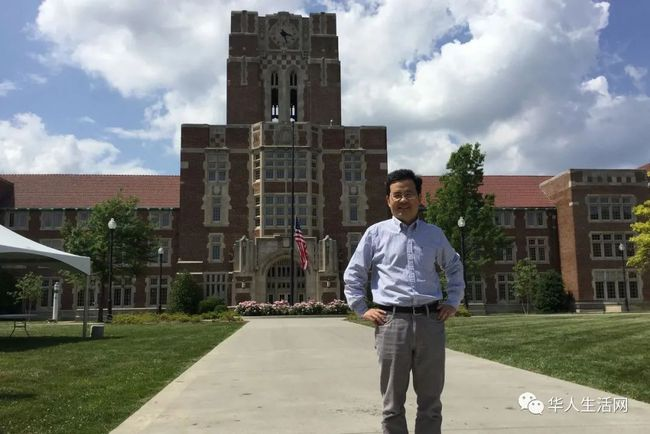
法官指出,NASA确实拿到了它们为之提供资金的研究成果,也没有证据显示胡安明从其它国家收钱了,或者任何在外国人参与了该研究。
美“中国行动计划”首案落定:华人教授胡安明被宣判无罪
澎湃新闻
9/10/2021
美国当地时间9月9日,因“间谍案”而被审查的田纳西大学诺克斯维尔分校华人教授胡安明在美国法庭获得历史性意义的“胜利”,法官宣判胡安明无罪,对他的所有指控均不成立。
在9日发布的一份52页的裁决中,美国地方法院法官Thomas Varlan 宣布胡安明无罪,称大学管理研究奖励的规则令人困惑,检察官没有提供任何证据证明胡安明有意欺骗提供资金的美国国家航空航天局。
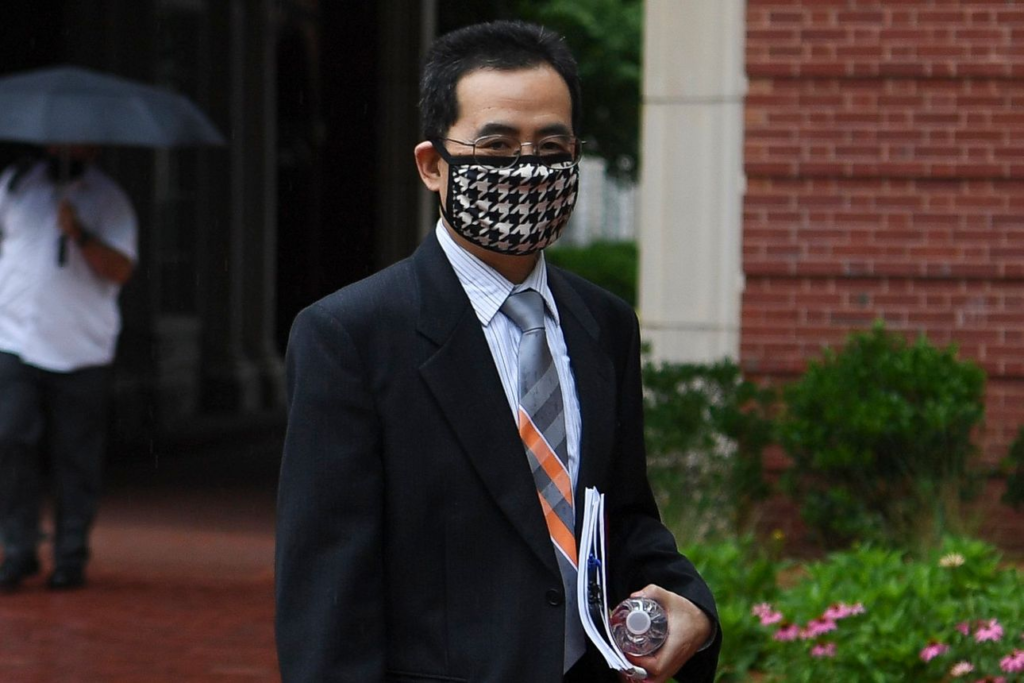
此前,胡安明教授同时也是美国宇航局(NASA)的研究员,于2020年2月因未能在递交给田纳西大学的利益冲突表格上披露与中国一所大学的关系而受到联邦政府起诉,被指控犯有电信欺诈罪和虚假陈述罪。
该案件被美国司法部列入“中国行动计划”(“China Initiative”)内,该计划宣称打击经济间谍活动,已针对亚裔特别是华裔科学家、研究人员和学者展开了大规模的调查。
但政府对胡安明的指控并不涉及经济间谍活动,也无任何“间谍活动”的证据。
此次判决使得胡安明教授的案件成为该计划下第一个被审判,也是第一个被判无罪的案件。
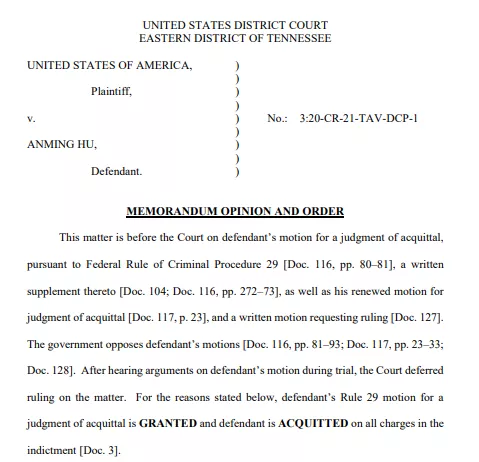
据《华尔街日报》报道,6月17日,由于陪审团围绕胡安明是否为获得美国政府研究经费而隐瞒其在中国的工作这一问题僵持不下,一名联邦法官宣布该案的审理无效。
检方指控称,在填写田纳西大学的利益冲突表格时,以及在申请NASA经费之时,胡安明没有报告他在中国的工作,误导了他所在的大学和美国政府。
胡安明在庭审中作证说,他认为自己在中国的职位属于一份暑期工作,只是每年花费几周时间的兼职,不适用美国学校的利益冲突准则,所以不需要披露。
美国联邦政府大约在三年前开始执行的“中国行动计划”意在阻止向中国转移商业机密和其他专有信息的行动,针对胡安明的诉讼就是其中的一部分。这项行动的重点之一是那些接受美国政府资助并在中国开展工作或交流的驻美研究人员,美国政府称这些研究工作可能有意或无意地涉及了尖端专有技术的转移。
然而过去两年,联邦检察官显然升级了这些行动并将指控进一步扩大化,许多被指控的学者专家坚称是清白的,认为自己被起诉是美国政府对中国充满敌意的大环境下的“受害者”。
获悉判决结果后,美国司法部发言人说: “尊重法院的决定,尽管我们对结果感到失望。”
熟悉该案的人士对澎湃新闻(www.thepaper.cn)表示,司法部对胡安明的指控不仅断送了他的职业生涯,在2020年2月被起诉后,胡安明丢掉了他在田纳西大学的工作,也对他和他家人的生活造成了极大的伤害。自从他被软禁以后,他的健康也进一步恶化,但尽管如此,他仍在与这场不公正的待遇作斗争。
“我对他的勇气非常钦佩,因为如果这场官司他输了的话,将要坐非常长的牢。他对自己充满信心,觉得没有做过这样的事情,才会坚持把官司打到底。最后的结果也证明了美国的司法制度还是有公正的地方。”美国达拉斯得州大学的前副校长冯达旋对澎湃新闻说。
法官做出这一裁决之际,美国司法部正面临来自代表亚裔美国人和国会一些民主党人的越来越多的批评,指责司法部在调查美国拨款项目中是否存在欺诈行为的指控时,不公平地针对华裔学者。
今天,联邦法院的判决使得胡安明教授获得了来之不易的“清白”。
Chinese researcher accused of spying under China Initiative acquitted of charges
Shawna Chen
9/10/2021
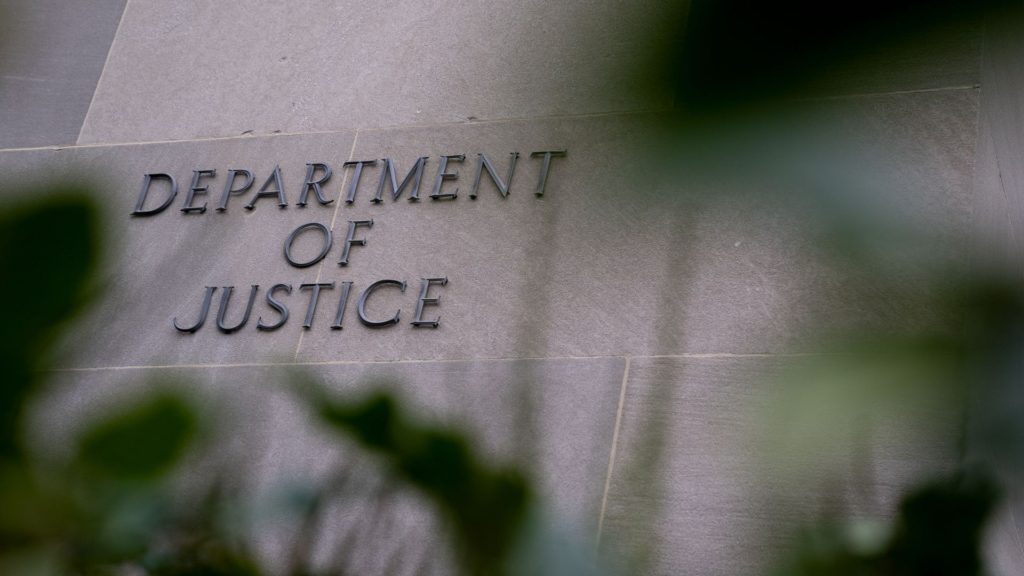
A federal judge on Thursday acquitted Chinese Canadian researcher Anming Hu of all fraud charges, bringing to a close the government’s controversial first trial under the Justice Department’s China Initiative.
Why it matters: The case drew attention after it ended in a mistrial and heightened the scrutiny surrounding the DOJ initiative, which faces accusations that it leads to racial profiling against Asians in the U.S.
Context: The FBI spied on Hu and his family for nearly two years. Even though agents implicated Hu as having ties to the Chinese military in meetings with Hu’s bosses at the University of Tennessee at Knoxville, they could not confirm claims of spying.
- The nanotechnology specialist was instead charged with fraud for allegedly concealing part-time work for a Chinese university to secure federal funding, though UTK officials testified that they knew of the connection.
Asian American civil rights groups and lawmakers praised the acquittal.
- “Dr. Hu is finally free to return to his life and be reunited with his family,” John C. Yang, president and executive director of Asian Americans Advancing Justice | AAJC, said in a statement. But the “scars of the prosecution and investigation on Dr. Hu and his family are deep and long-lasting.”
- Rep. Ted Lieu (D-Calif.), who has led efforts calling for a probe into the China Initiative, addressed the DOJ on Twitter: “You should stop discriminating against Asians … If Hu’s last name was Smith, you would not have brought this case.”
- “We must work vigilantly to ensure that what happened to Dr. Hu and his family does not happen again to anyone,” Yang added.
BLAVATNIK FAMILY FOUNDATION, NEW YORK ACADEMY OF SCIENCES NAME 31 FINALISTS FOR 2021 BLAVATNIK NATIONAL AWARDS FOR YOUNG SCIENTISTS
NEW YORK | June 15, 2021
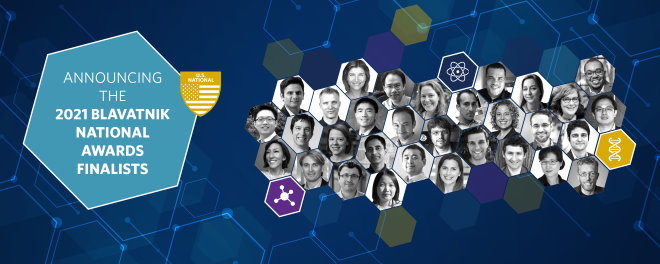
Showcasing America’s most promising young scientists and engineers, the Blavatnik Family Foundation and the New York Academy of Sciences today named 31 finalists for the world’s largest unrestricted prize honoring early-career scientists and engineers.
Three winners of the Blavatnik National Awards for Young Scientists – in life sciences, chemistry, and physical sciences and engineering – will be announced on July 20, each receiving $250,000 as a Blavatnik National Awards Laureate.
The finalists, culled from 298 nominations by 157 United States research institutions across 38 states, have made trailblazing discoveries in wide-ranging fields, from the neuroscience of addiction to the development of gene-editing technologies, from designing next-generation battery storage to understanding the origins of photosynthesis, from making improvements in computer vision to pioneering new frontiers in polymer chemistry. Descriptions of the honorees’ research are listed below.
“Each day, young scientists tirelessly seek solutions to humanity’s greatest challenges,“ said Len Blavatnik, founder and chairman of Access Industries, and head of the Blavatnik Family Foundation. “The Blavatnik Awards recognize this scientific brilliance and tenacity as we honor these 31 finalists. We congratulate them on their accomplishments and look forward to their continued, future discoveries and success.”
President and CEO of the New York Academy of Sciences Nicholas B. Dirks said: “Each year, it is a complete joy to see the very ‘best of the best’ of American science represented by the Blavatnik National Awards Finalists.”
“On behalf of the New York Academy of Sciences, we are extremely proud to administer the Blavatnik National Awards. This prize honors scientists at a pivotal career juncture, where support and recognition can make a huge impact on their career and their potential for future innovations and discoveries,” he said.
Three highly respected independent juries – each representing one of the awards’ categories – will determine the winning Laureates, who must be faculty-level scientific researchers and engineers 42 years of age or younger.
The Blavatnik Awards for Young Scientists will celebrate the 2021 Blavatnik National Awards honorees in a ceremony on Sept. 28 at the American Museum of Natural History in New York.
About the Blavatnik Awards for Young Scientists
The Blavatnik Awards for Young Scientists, established by the Blavatnik Family Foundation in the U.S. in 2007 and independently administered by the New York Academy of Sciences, began by identifying outstanding regional scientific talent in New York, New Jersey and Connecticut. The Blavatnik National Awards were first awarded in 2014 and, in 2017, the Awards were expanded to honor faculty-rank scientists in the United Kingdom and in Israel. By the close of 2021, the Blavatnik Awards will have awarded prizes totaling $11.9 million. Sixty-one percent of all Award recipients are immigrants to the country in which they were recognized and hail from 47 countries across six continents, reflecting the Blavatnik Family Foundation’s recognition that important science is a global enterprise. For updates about the Blavatnik Awards for Young Scientists, please visit www.blavatnikawards.org follow on Twitter and Facebook @BlavatnikAwards.
About the Blavatnik Family Foundation
The Blavatnik Family Foundation is an active supporter of world-renowned educational, scientific, cultural and charitable institutions in the United States, the United Kingdom, Israel, Russia and other countries throughout the world. The foundation is headed by Len Blavatnik, a global industrialist and philanthropist and the founder and chairman of Access Industries, a privately held industrial group based in the U.S. with global strategic interests. Visit www.accessindustries.com or www.blavatnikfoundation.org.
Media contact
Kamala Murthy
kmurthy@nyas.org
212-298-3740
The 2021 Blavatnik National Awards Finalists
2021 Blavatnik National Awards Finalists in Life Sciences
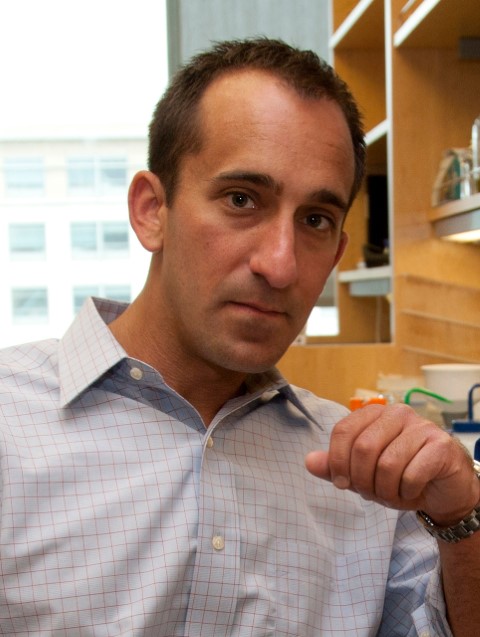
Michael Fischbach, Stanford University
Symbiotic microbes have a remarkable talent for modulating their host’s biology. The bacterial communities in humans, such as those in the gut, are associated with diseases such as Crohn’s and diabetes. Microbiologist, Michael Fischbach, Ph.D., systematically profiles small molecules produced by bacteria that mediate the interactions between the microbiome and its host. His development of novel genetic systems has uncovered genes in a specific bacterial species found on the skin, which produces a molecule with antibiotic properties. Fischbach’s research offers new insights into how the microbiome can impact our immune system at the molecular level.
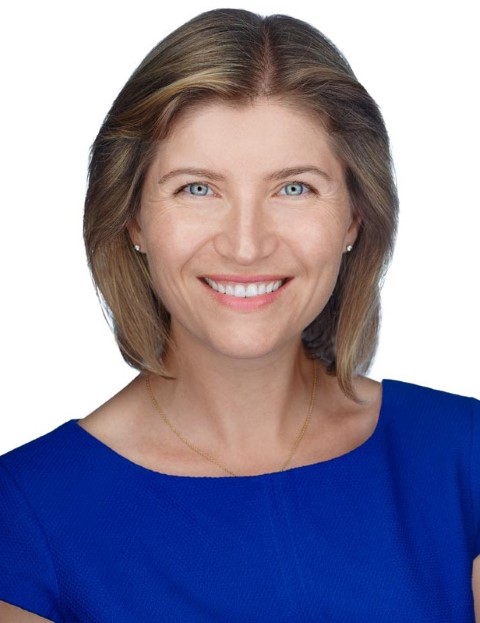
Viviana Gradinaru, California Institute of Technology
Because most medications cannot cross the blood-brain barrier to enter the brain, treating certain neurological diseases requires invasive surgery to deliver drugs directly to the brain. Neurotechnologist Viviana Gradinaru, Ph.D., has developed techniques to bypass this barrier by engineering harmless viruses that are administered inside the body intravenously. These systemic viruses cross the blood-brain barrier and deliver cargo such as genes or gene editing tools to treat neurological diseases. Gradinaru has also used her drug delivery system to target problems in the peripheral nervous system and neurons located in the gut that may cause or contribute to Parkinson’s disease. This work strives to discover unexpected sources and noninvasive treatments for multiple neurological diseases.
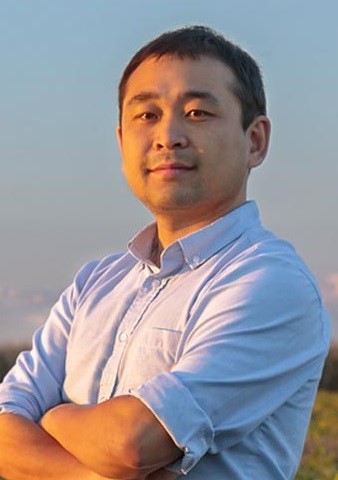
Kaiyu Guan, University of Illinois at Urbana-Champaign
Novel sensing and modeling technologies developed by environmental scientist Kaiyu Guan, Ph.D., are revolutionizing how we monitor agricultural productivity and sustainability. Guan’s satellite- and supercomputer-enabled technology measures and predicts photosynthesis, crop water and nitrogen use, and crop yield. His innovations can generate daily “views” of every farm on the planet going back 20 years so that farmers can manage their fields for water and nutrient needs. The technology also allows to accurately monitor environmental footprints and carbon emissions. Guan’s data collection techniques are incredibly economical and scalable. Guan’s technologies enable weather-forecasting-like abilities to predict field-level agroecosystem insights and can promote “precision agriculture” to guide farming practices as farmers encounter and adapt to climate change.
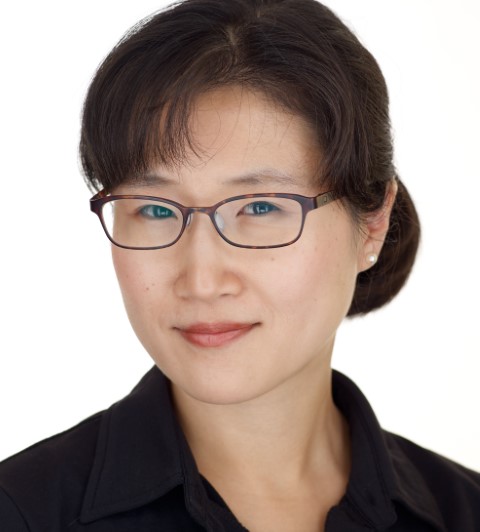
Sun Hur, Boston Children’s Hospital
To trigger an immune response when a virus like COVID-19 enters the body, cells must discriminate between the RNA they naturally produce and the foreign RNA inserted by the virus. Immunologist Sun Hur, Ph.D., discovered how cells perform this discriminatory evaluation using proteins called RIG-I–like receptors. If they determine that the RNA is from a virus, the receptors send a signal to the cell to alert the neighbors and immune system of a viral infection. Sun also found that if this process goes awry, the body can enter a state of constant inflammation, causing inflammatory diseases such as Aicardi-Goutières Syndrome. Her research is providing insight into healthy immune responses as well as ones that go awry.
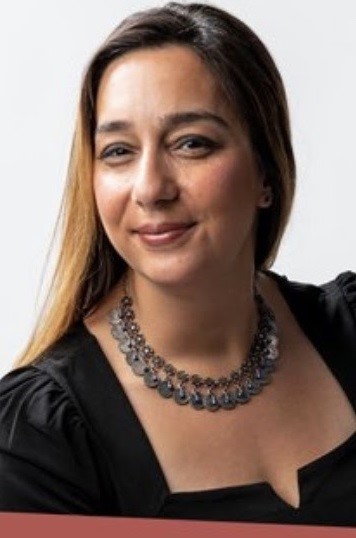
Houra Merrikh, Vanderbilt University
Antimicrobial resistance is a global health crisis and searching for new antibiotic drugs appears to be a losing strategy. Because bacteria evolve and build resistance to these new drugs, regardless of their potency or mechanism, we desperately require entirely new solutions. Houra Merrikh, Ph.D., has discovered a potentially transformative solution: prevent and even reverse bacterial evolution. Merrikh found that bacteria produce a particular protein that promotes the development of antimicrobial resistance, and she has identified drugs that can prevent this protein from forming. By stopping bacterial evolution, bacteria remain susceptible to antibiotics to which they would have otherwise developed resistance.
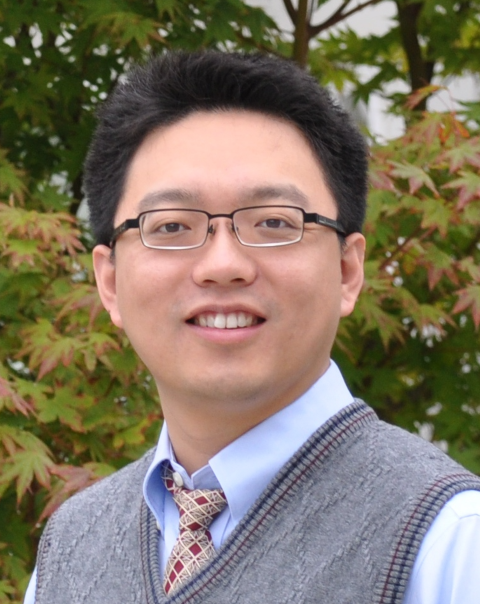
Stanley Qi, Stanford University
CRISPR technology has become well known as a technological breakthrough to edit genes. Stanley Qi, Ph.D., is a bioengineer pushing CRISPR technology to new limits beyond editing. Qi helped create a technology called CRISPR interference and CRISPR activation, known as CRISPRi/a. CRISPRi/a interacts with DNA to silence or activate specific genes, without altering the DNA sequence, which creates the ability to change stem cells into therapeutic cells such as neurons. He has modified CRISPR as an imaging tool to capture real-time “movies” of the dynamic process of gene transcription and the movement of chromosomes. Qi’s transformation of traditional CRISPR into an antiviral therapy shows promise to treat COVID-19 and the flu.
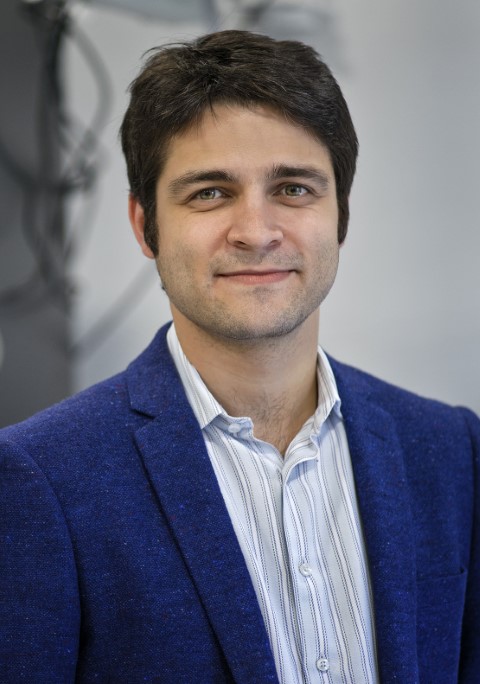
Mikhail G. Shapiro, California Institute of Technology
The lack of suitable technologies to noninvasively image and control cellular function inside a living body is a massive limitation for studying, diagnosing, and treating a wide range of diseases. Mikhail G. Shapiro, Ph.D., is a biochemical engineer who has created groundbreaking technologies using sound waves and magnetic fields to visualize and control certain cellular functions, such as gene expression. He has designed cells that can make air-filled structures made of proteins known as gas vesicles. Shapiro can image, track, and control cell functioning inside living animals and patients by manipulating the gas vesicles and other proteins. This innovative combination of ultrasound and biomolecules has the potential to improve imaging technology for diagnosing cancer and even activate neurons noninvasively.
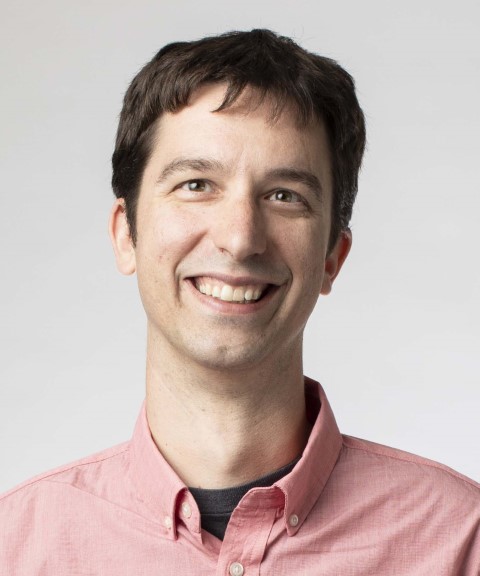
Peter Turnbaugh, University of California, San Francisco
Scientists have made considerable progress toward understanding how diet and genetics drive varying responses to drugs. However, research has ignored how our “second genome”—the trillions of microorganisms that thrive in and on the body—can alter a human’s response to drugs. Peter Turnbaugh, Ph.D., is a microbiologist tackling this complex issue. He examines how specific gut bacterial species can metabolize drugs, potentially reducing the amount of drug available to the body. This process goes both ways. Turnbaugh found that drugs meant to target mammalian cells can have unanticipated effects on the gut microbiome. Understanding the reciprocal activity between gut bacteria and its host will be critical to design effective drugs that have minimal impact on the microbiome.
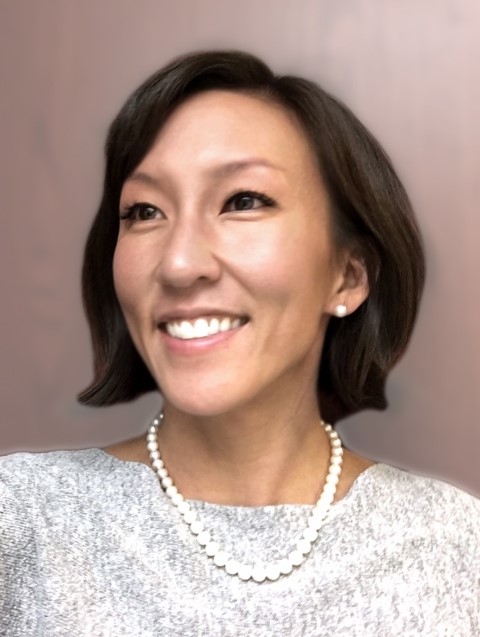
Kay M. Tye, Salk Institute for Biological Studies
Problems in processing reward, fear, and learning can cause a range of psychiatric disorders. Neuroscientist Kay M. Tye, Ph.D., investigates the neural circuitry that drives these emotions and cognitive abilities to understand addiction and depression. She discovered a neural pathway that underlies an animal’s willingness to engage in compulsive, reward-seeking behaviors despite negative consequences—a pattern observed in binge-eating and alcohol use disorders. This neural circuitry could be a target for therapeutic interventions. Tye’s addiction research identified a collection of neurons that serve as a biomarker that predicts whether an animal will develop compulsive binge-drinking behavior, even before being exposed to alcohol.
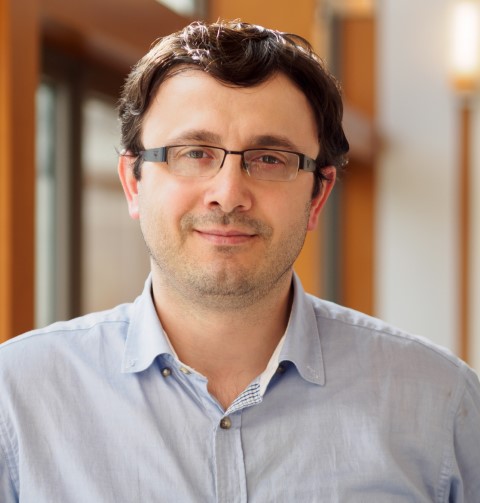
Ahmet Yildiz, University of California, Berkeley
Cells rely on molecular motors to transport proteins and other cellular components throughout the cell. These “motors” travel along a collection of molecular roadways known as the cytoskeleton. Defects in molecular motor proteins, like dynein, can cause neurodegenerative diseases such as ALS. Through his ingenious combination of molecular imaging and single-molecule measurements, molecular biologist Ahmet Yildiz, Ph.D., discovered how dynein takes steps on the cytoskeleton and generates forces to carry its cargoes. Using his innovative tools, he revealed how dynein achieves unidirectional movement and uncovered essential molecules that activate and regulate dynein motility in cells. This research provides insight into potential treatments for neurodegenerative diseases.
2021 Blavatnik National Awards Finalists in Chemistry
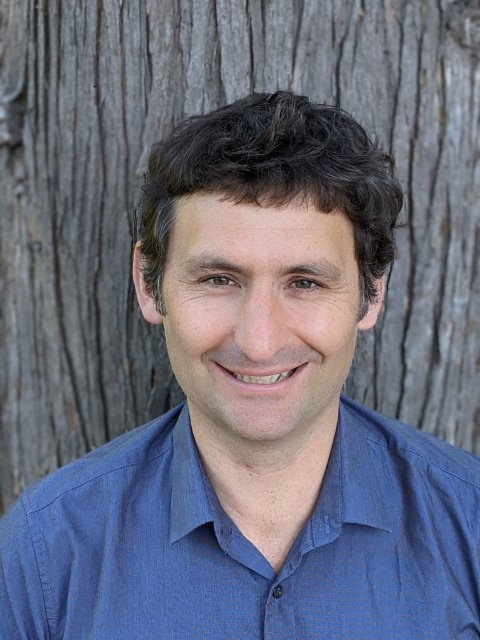
Shannon Boettcher, University of Oregon
To make industry and energy production sustainable, scientists must find new ways to convert and store energy and produce basic chemicals from renewable sources. Shannon Boettcher, Ph.D., is a rising leader in the field of electrochemistry. Using electrochemical processes to make our industrial economy greener, he has advanced technology that turns simple mixtures of water and atmospheric gases into hydrogen fuel, plastics, chemicals, and fertilizer. Boettcher has developed new approaches to understand catalysts that split water into clean oxygen and hydrogen fuel and uncovered materials with record performance for the oxygen evolution reaction, research that contributes to a future independent of fossil fuels.
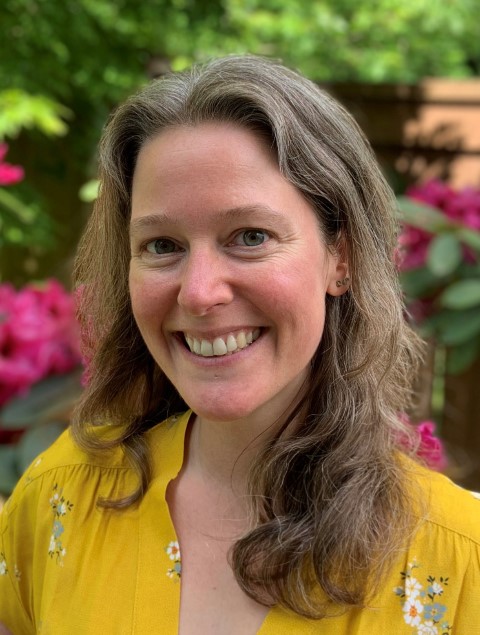
Brandi Cossairt, University of Washington
The nanoscale is an exciting frontier in science. Synthetic chemist Brandi Cossairt, Ph.D., is helping lead the charge to understand how nanomaterials form, grow, and behave. Cossairt has harnessed surface chemistry to functionalize, protect, and enhance nanoparticles, and created a set of predictive principles that could accelerate the development of nanotechnology based on simple and scalable solution-processed materials. The impact of Cossairt’s work can already be seen in toxic elements being removed from television displays and LEDs, and in improved nanoparticle catalysis for the production of fuels and fertilizers. Looking further into the future, Cossairt is designing generalizable methods to create large networks of linked nanoparticles and hybrid nanoparticle materials that could exhibit powerful new functionality.
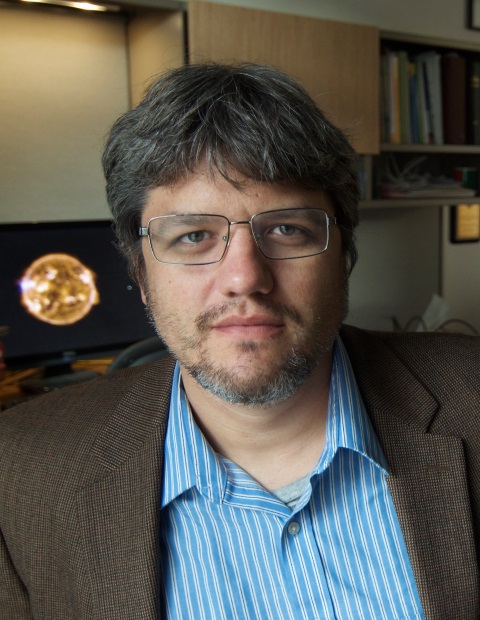
Paul Dauenhauer, University of Minnesota, Twin Cities
Chemical engineer Paul Dauenhauer, Ph.D., is pioneering ways to synthesize consumer chemicals from sustainable raw materials. Today, many commonplace materials like cleaning supplies or plastics are made from fossil fuels. Dauenhauer is seeking to replace fossil fuels with glucose, a simple sugar from plants. Through this transformative line of research, Dauenhauer has achieved high-yield production of detergents, plastics, and synthetic rubber from glucose, all performing as well as conventionally sourced products. Beyond his green synthesis methods, Dauenhauer is also forging new paths in energy storage, developing a foundational catalyst theory to store energy in the form of ammonia.
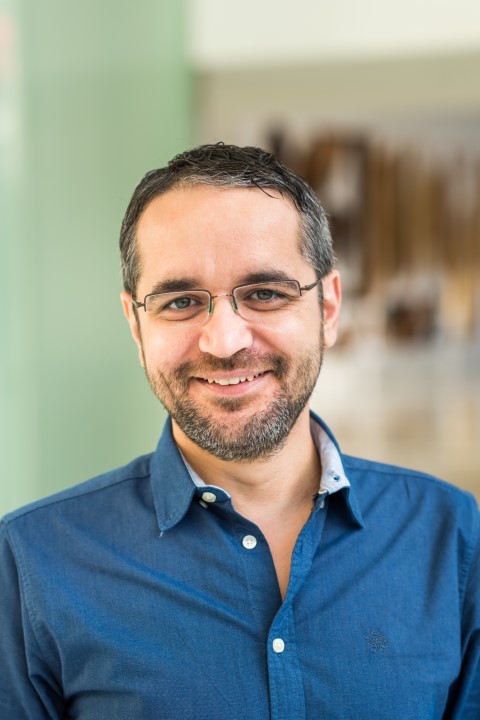
Mircea Dincă, Massachusetts Institute of Technology
Most materials that conduct electricity are densely packed metals. Inorganic chemist Mircea Dincă, Ph.D., has proven that certain porous materials—metal-organic frameworks (or MOFs)—can also conduct electricity and be used in fuel cells and supercapacitors, which play critical roles in green technology systems. Taking inspiration from how individual molecules can conduct electricity, Dincă achieved a conducting MOF by weaving a network of conducting molecules into a porous solid. Dincă has operated his MOFs as supercapacitors and can retain performance after repeated use, an essential property for their use in commercial products. Dincă is partnering with Lamborghini to incorporate MOFs for energy storage in future electric supercars.
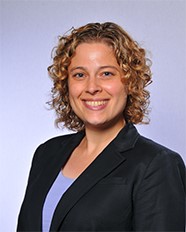
Danna Freedman, Northwestern University
The second quantum revolution brings the promise of incredibly powerful technological tools, with quantum computers and sensors customized to specific tasks. Inorganic chemist Danna Freedman, Ph.D., studies quantum bits (or qubits, the building blocks of quantum computers) based on specific properties of individual molecules. Molecules are uniquely well-suited for a bespoke quantum system: tuning their atomic composition and structure adjusts their performance. Freedman has elevated molecular qubits to the cutting edge of quantum information science, having achieved record stability and demonstrating optical read-out of a molecular qubit state. Freedman has also pushed new frontiers in material synthesis: she has achieved never-before-seen compounds using extremely high pressures. Freedman is opening up new possibilities to design materials for specific functions by making many more combinations of elements possible.
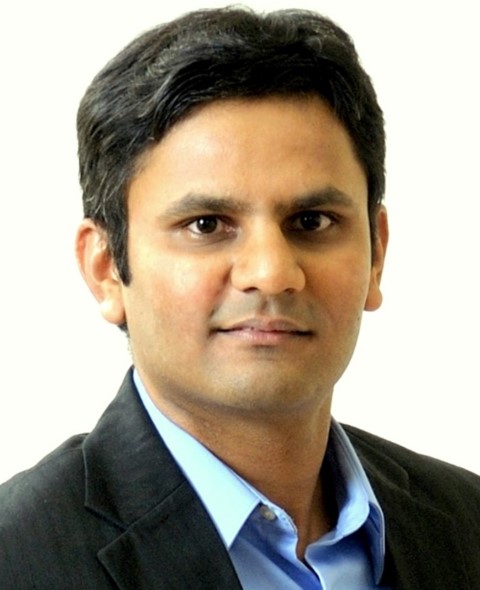
Prashant K. Jain, University of Illinois at Urbana-Champaign
Prashant K. Jain, Ph.D., a physical chemist, is unlocking more potential functions from some of the most common catalysts, such as iron or platinum, by using gold nanoparticles to harvest energy from light. Shining light on gold nanoparticles creates synchronized vibrations of electrons, called plasmons, within the gold. Jain has discovered that these plasmons concentrate light and trigger new chemical reactions that would not otherwise occur using the catalysts alone. Using this phenomenon, he has developed “plasmonic photosynthesis,” wherein carbon dioxide is converted into fuels and valuable molecules like methane or ethylene, providing a potential method to both replace fossil fuels and harvest carbon dioxide from the atmosphere.

Rebekka Klausen, Johns Hopkins University
Rebekka Klausen, Ph.D., is pushing synthetic polymer chemistry in innovative directions. By applying the principles underlying carbon-based synthesis to other elements in the periodic table, Klausen has achieved unprecedented control over the structure and function of silicon-based molecules and polymers. These concepts may enable tailor-made, ultrasmall silicon chips designed atom-by-atom for specific applications. Klausen is also working to disprove the basic tenet that oil and water cannot mix. Her methods to mix compounds with properties like oil and water probe both fundamental questions, such as the physics underlying the mixing of dissimilar substances, and could ultimately address profound environmental challenges, such as cleaning up oil spills or enabling true mixed-stream plastics recycling.
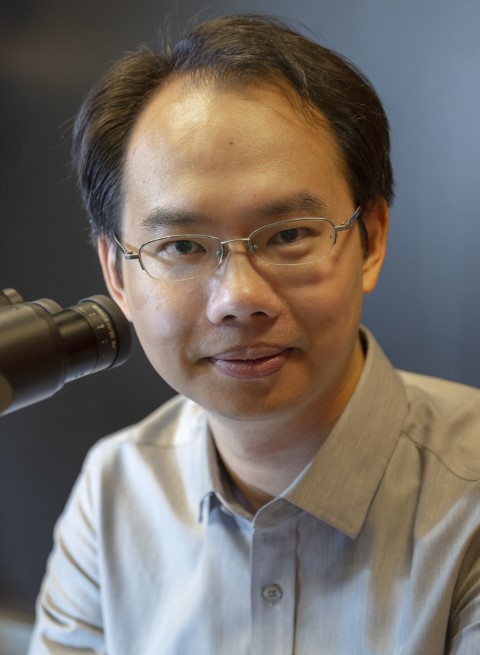
Wei Min, Columbia University
Physical chemist Wei Min, Ph.D., is a leader in the imaging of molecules in biological settings. Despite extensive efforts, many molecules remain unseen inside cells. Using the methods developed in Min’s laboratory, scientists can observe the complexity of natural systems in real-time with much greater detail than ever before. Min has demonstrated methods to observe individual molecules with chemical information, track the motion of small molecules in biological systems with tremendous accuracy, and detect dozens of different molecules simultaneously. The ability to image cells and tissues with this detail could significantly add to our understanding of the cellular world and the progression of disease, and could improve therapeutic tools and drug delivery methods.
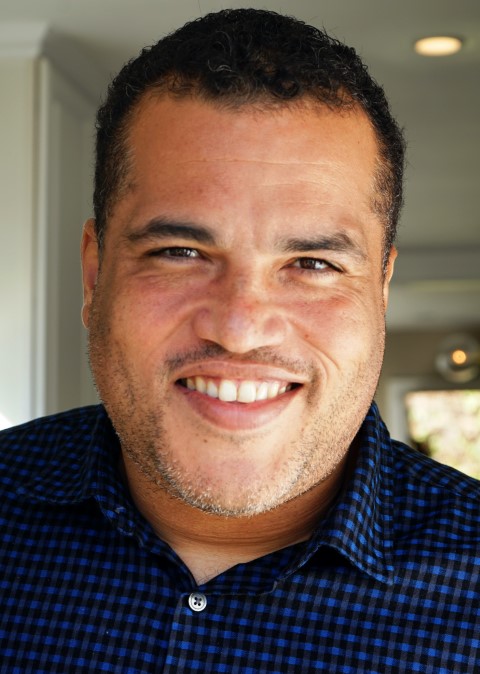
Hosea M. Nelson, University of California, Los Angeles
Hosea M. Nelson, Ph.D., is an organic chemist breaking new ground in synthesizing and characterizing the small organic molecules that serve as precursors to chemicals we use every day, from plastics to medicine. Nelson has contributed to the development of microcrystal electron diffraction (MicroED), a cutting-edge technique that can identify the structure of small molecules faster than ever, which can accelerate the production of new chemicals, like medicine and fuel. He has also discovered new reactions to create beneficial bioactive molecules using more sustainable catalysts, yielding more desired products than conventional catalytic methods. Nelson’s work even applies to medical diagnostics—he is developing next-generation genetic tests for diseases, including COVID-19, that may be faster and less expensive than PCR-based tests.
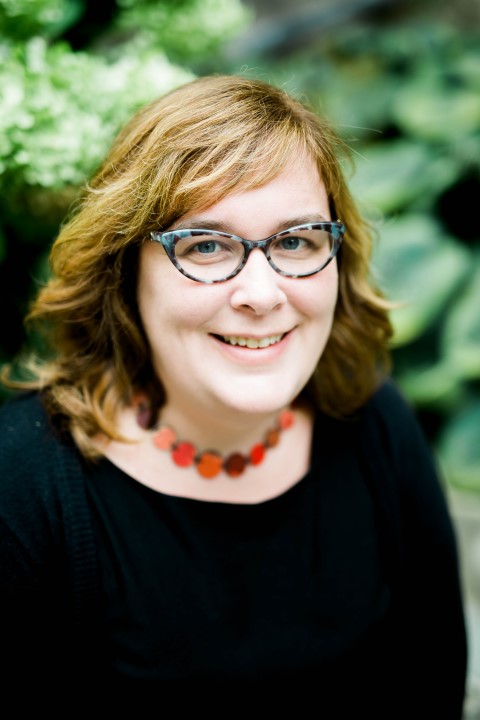
Sara Skrabalak, Indiana University
Synthesizing materials on the nanoscale is not the only tool scientists have to control a material’s properties. Inorganic and materials chemist Sara Skrabalak, Ph.D., is spearheading new efforts to shape and build the architecture of nanoparticles that can unlock new functionality. Skrabalak‘s methods and techniques can create nanoparticles with beautiful and complex shapes, rivaling even the complexity of snowflakes. She has demonstrated how these new structural features can promote and catalyze reactions, like the splitting of water molecules. Building on her understanding of nanoparticle synthesis, Skrabalak has developed methods for producing nanomaterials at scale and demonstrated the ability to “fingerprint” products using nanoparticles, potentially making counterfeiting more difficult.

Wenjun Zhang, University of California, Berkeley
Chemical engineer Wenjun Zhang, Ph.D., crosses the frontiers of chemical biology and biomolecular engineering in the field of “Natural Products Chemistry”—the study of substances produced by living organisms. Zhang’s research in how natural products behave offers pathways to cure disease and make industry more sustainable. Zhang has discovered novel natural products and tracked their motions in cells, gaining a better understanding of how pathogens behave and how they can be inhibited. Additionally, by studying the biological synthetic reactions of natural products, Zhang has developed a template for synthesizing common chemical precursors from renewable biological sources instead of fossil fuels.
2021 Blavatnik National Awards Finalists in Physical Sciences & Engineering
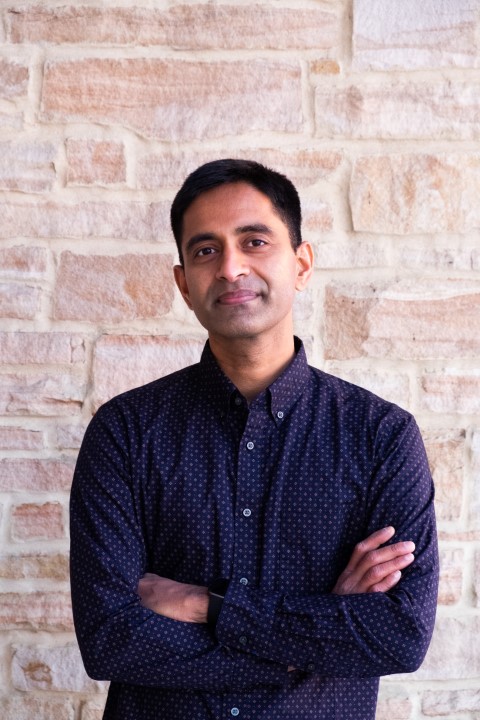
Aditya Akella, University of Wisconsin-Madison
Big data analytics, artificial intelligence, and e-commerce rely almost entirely on a datacenter’s capacity to process vast amounts of information. Aditya Akella, Ph.D., a computer scientist working on large-scale data networks, develops technologies that dramatically improve the speed and efficiency of datacenters while also enhancing the performance and reliability of typically bug-prone datacenter networks. By addressing fundamental challenges in datacenter networks and analytics, Akella’s research will continue to have a profound societal and scientific impact in areas such as health care, particle physics, climate modeling, and national security.
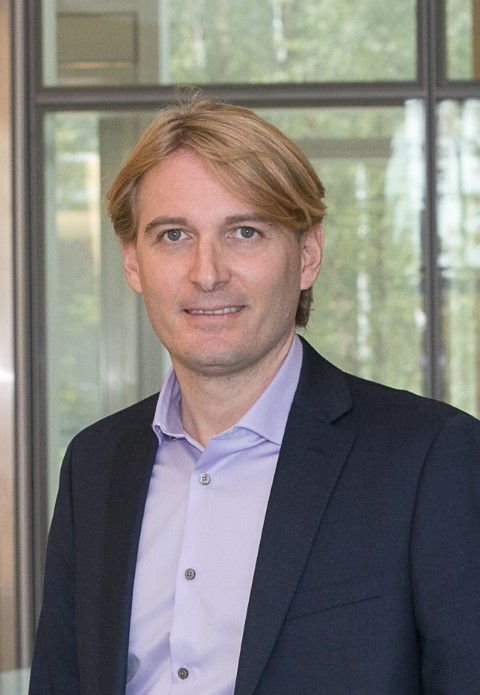
Andrea Alù, Advanced Sciences Research Center, The Graduate Center, The City University of New York
Engineer and physicist Andrea Alù, Ph.D., is challenging the limits of materials science, influencing a wide range of engineering applications in electromagnetics, nano-optics, and acoustics. By tailoring the interactions of electromagnetic and acoustic waves with artificial materials, Alù is demonstrating, both theoretically and experimentally, how cleverly designed nanostructured meta-materials can push the boundaries of physics. His work leads to new and enhanced material technologies with potential applications that include: cellular communications, energy harvesting, radar cloaking, optical computing, and nano-optics.
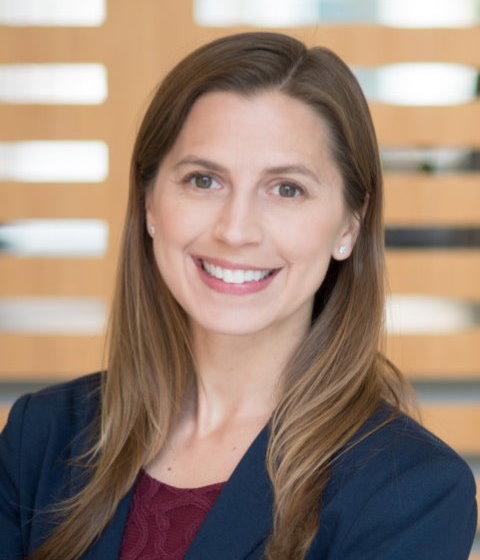
Kristen Grauman, University of Texas at Austin
Today, the capacity of computer technology to obtain and store images and video has outpaced the human capacity to analyze it effectively. Kristen Grauman, Ph.D., a computer scientist working in computer vision, aims to solve this problem by focusing her research on visual recognition and active perception. Grauman’s research has made large-scale crowdsourcing an indispensable tool for tasks in visual recognition, improved search times by orders of magnitude when searching millions of images, and pushed the frontiers of knowledge linking modern computer vision with robotics.
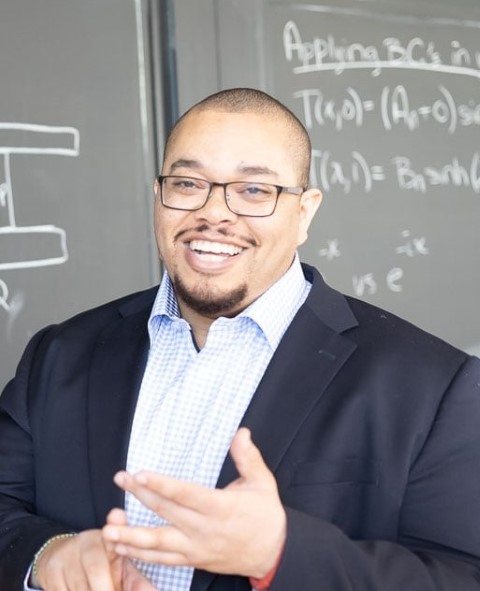
Asegun Henry, Massachusetts Institute of Technology
The unconventional energy storage technologies developed by mechanical engineer Asegun Henry, Ph.D., leverage the low cost of heat to convert and store electricity. The mechanical systems developed by Henry and his team allow extremely hot molten liquid metals, like tin, to be handled at record-breaking temperatures (> 1400°C). This technological breakthrough has enabled new, low-cost applications in renewable energy and fuel production. One such technology, coined “sun in a box,” converts and stores electricity from green energy technologies, like solar and wind, on-demand. His fundamental contributions to the physics of heat transfer are helping researchers re-imagine energy technologies.
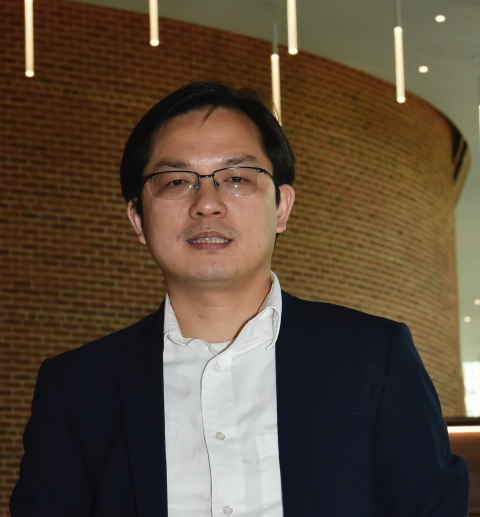
Liangbing Hu, University of Maryland, College Park
Liangbing Hu, Ph.D., is a self-described “wood nanotechnologist”. His research explores the utilization of wood-derived nano-fibers—the most abundant biomaterial on Earth. He has used these nano-fibers to create engineered materials in systems to improve energy efficiency, to desalinate and filter water, and as environmentally-friendly building materials. Hu’s technological innovations have led to the development of a super-strong wood that is similar to steel in strength but six-times lighter, a transparent wood product that can serve as a replacement for glass with five-times better thermal insulation, a wood-based technology that cools a building’s temperature by almost 10°C without electricity, and a low-cost wood and water battery for large-scale energy storage on the electric grid.
Graham Neubig, Carnegie Mellon University
Graham Neubig, Ph.D., is re-shaping our understanding of how computer technologies can be used in applications such as personal assistants, translation apps, and search engines. As a computer scientist studying natural language processing, Neubig has a rich understanding of language and a mastery of the technical methods involved in machine learning. He has made significant contributions to the fundamental science behind applications such as machine translation, speech recognition, and question answering. The open-source software stemming from his research implements techniques used to process words, grammatical structure, and semantics and is widely used by research organizations and tech companies. Neubig’s research may one day make it possible for speakers of 7,000 different languages worldwide to communicate directly with each other, and with computers, in their own words.
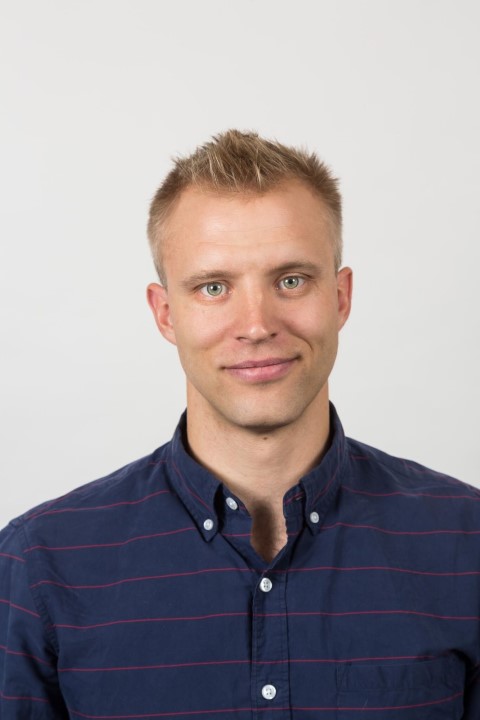
Noah Planavsky, Yale University
Earth and planetary scientist Noah Planavsky, Ph.D. is rewriting the history of biological and environmental evolution on our planet. A scholar at the forefront of geochemical research, Planavsky has resolved long-standing geological mysteries regarding Earth’s evolutionary timeline with the help of novel tools that he developed. Using the rock record as a guide, his work has led to a new view of how the composition of Earth’s atmosphere has changed through time. His research provides the first clear evidence that photosynthesis emerged approximately three billion years ago, much earlier than previously thought, and he has helped shape our understanding of why the Earth has been persistently inhabited for billions of years. His research also lays the foundation for new ground and satellite telescope technologies that may be able to detect oxygen levels and identify potential signs of life on exoplanets beyond our solar system.
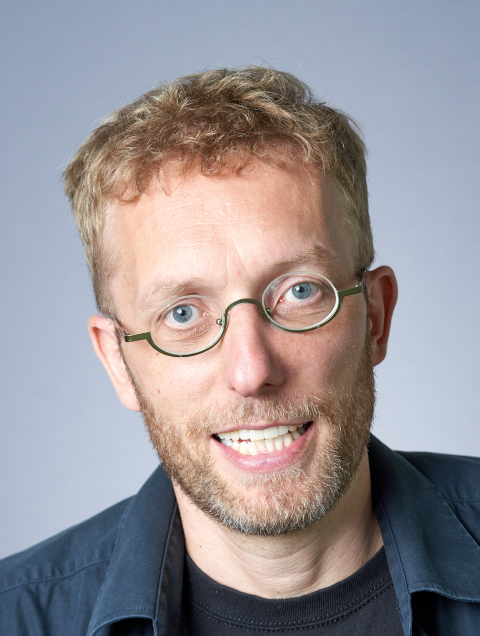
Kilian Weinberger, Cornell University
Computer scientist Kilian Weinberger, Ph.D., has introduced vastly new concepts in the rapidly evolving fields of machine learning and artificial intelligence. His novel approaches to machine learning represent the most radical departure seen in the past 30 years. New techniques, like “feature hashing” and novel neural network architectures—computer algorithms inspired by the brain’s biological structure and function, known as “DenseNets”—have made machine learning algorithms more efficient and have reduced data bias with real-world implications. Cloud services and self-driving car technologies are already using his techniques. His research could soon lead to vast improvements in medical imaging technologies that may facilitate early disease diagnosis.
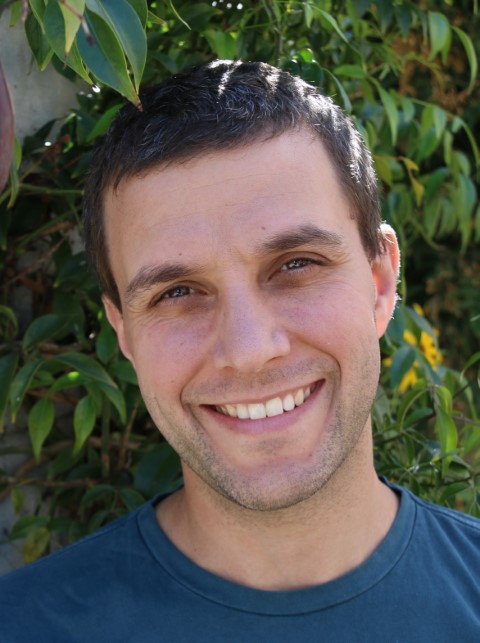
Andrea Young, University of California, Santa Barbara
Physicist Andrea Young, Ph.D., is making waves in the burgeoning field of two-dimensional materials. His work on graphene van der Waals heterostructures—ultrathin materials made of single atomic layers stacked and held together by weak van der Waals forces—has enabled radical new approaches to materials design. The work has led to the experimental discovery of novel electronic phases of matter; for instance, magnets based on the spontaneous synchronization of the orbital motion of electron, and fractional Chern insulators, where electrons break apart to localizing a discrete fraction of their charge on the corners of a lattice. Researchers across the field have adopted the techniques and experimental breakthroughs realized in Young’s lab, which may one day play a significant role in quantum and classical electronic.
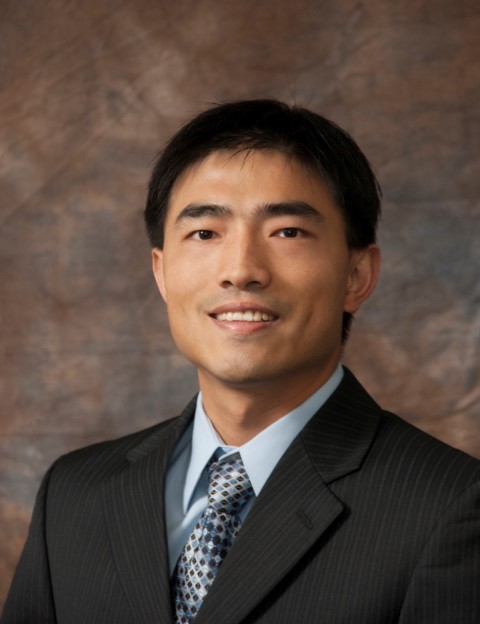
Guihua Yu, University of Texas at Austin
Guihua Yu, Ph.D., a materials scientist and nanotechnologist, focuses on designing and using sustainable polymer technologies to address vital energy and environmental problems facing society. He has created an exciting new line of polymeric materials, called energy hydrogels. Yu has pioneered an unprecedented level of multi-functionality in these materials, including the transmission of electricity via controlling their electron and ion transport. By simply tuning the way the polymer and water molecules interact, Yu’s hydrogel technologies have achieved record-breaking solar evaporation rates—as solar steam generators—in seawater desalination and water purification, solar-powered water-harvesters for sustainable agriculture, and next-generation energy storage materials for flexible, wearable electronics.
###




